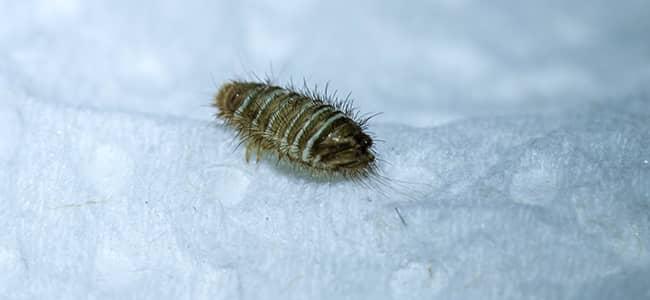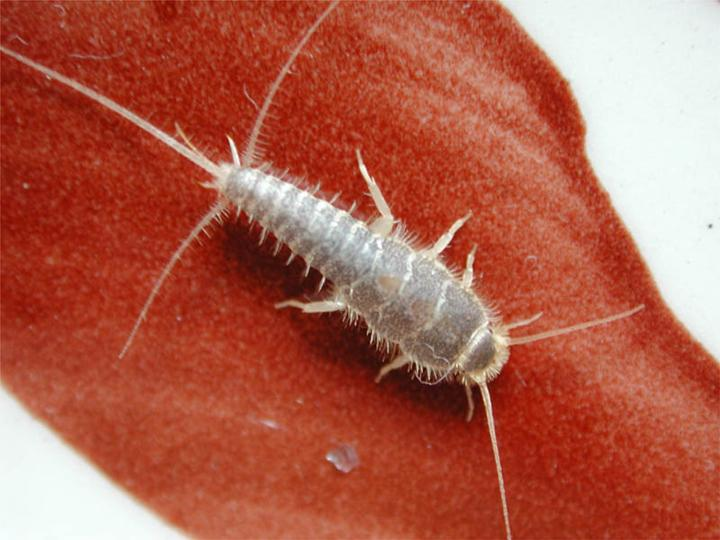Regular vacuuming in these areas moving furniture and opening curtains in lesser used rooms will all help to create a less desirable environment for carpet moths to settle and cause subsequent expensive damage.
White larvae in my carpet.
These are newly hatched carpet bugs that will be around 1 8 of an inch long and covered in coarse hairs almost like a caterpillar.
White web like material in the fibres of your rug.
Carpet moths inhabit less disturbed darker humid areas behind sofas along skirting boards under cabinets or bookcases are typical hiding places for carpet moth larvae.
Eggs are oval ivory and about 1 24 inch long.
The larvae need somewhere to grow so the moth will search out somewhere with hair skin and food debris due to vacuuming being done poorly or infrequently.
Look for the carpet bug larvae.
I started to notice a few tiny white things scattered around the carpet in my room.
They look a bit like a white grain of rice in terms of.
Larvae are basically immature carpet beetles which have come out of their eggs and are now looking to feed.
What you might think is worms in your carpet is most likely the larvae of assorted insect species such as spider moth and fly larvae.
But if she does have a pet we think flea larva is the correct identification because flea larvae are white translucent and black worm like organisms that have segmented bodies and are the same size as the specimen our reader discovered.
Clothes moth larvae feed on wool feathers fur hair leather lint dust paper and occasionally cotton linen silk and synthetic fibres.
Larvae are a shiny creamy white with a brown head up to 1 2 inch long.
The carpet moth is a common household textile pest.
The larvae spin long threads and construct tunnels of silk.
If you have cotton wool or other natural fibrous items in your home then they will likely get damaged if you have a carpet beetle larvae infestation.
Regular vacuuming in these areas moving furniture and opening curtains in lesser used rooms will all help to create a less desirable environment for carpet moths to settle and cause subsequent expensive damage.
Carpet moths inhabit less disturbed and darker areas behind sofas along skirting boards under bookcases are typical hiding places for carpet moth larvae.
Don t ever skip looking for these as evidence of adults also indicates probable presence of larvae.
Carpet moth larvae feed predominately on keratin found in natural fibres such as wool and so can live on any carpet with some wool content.
Holes or frayed edges to your rug or carpet.
You can spot signs of carpet moths including.
Of course if our reader doesn t have a cat or dog the chance of this being a flea larva is rather slim.
No matter what type of larvae you are dealing with it is best to remove them as quickly as possible through meticulous cleaning.
Their food preference includes all kinds of fabrics and dead insects.














































